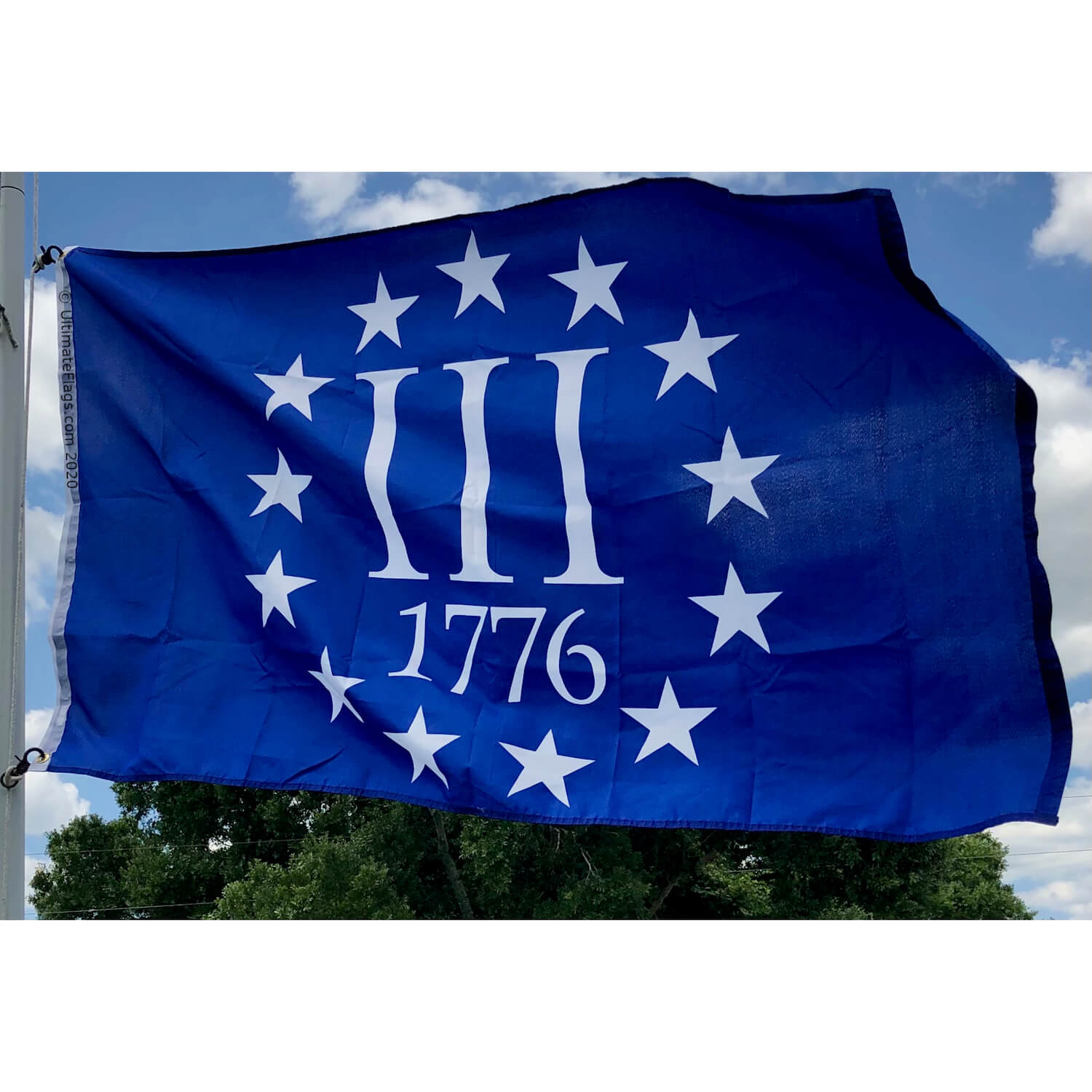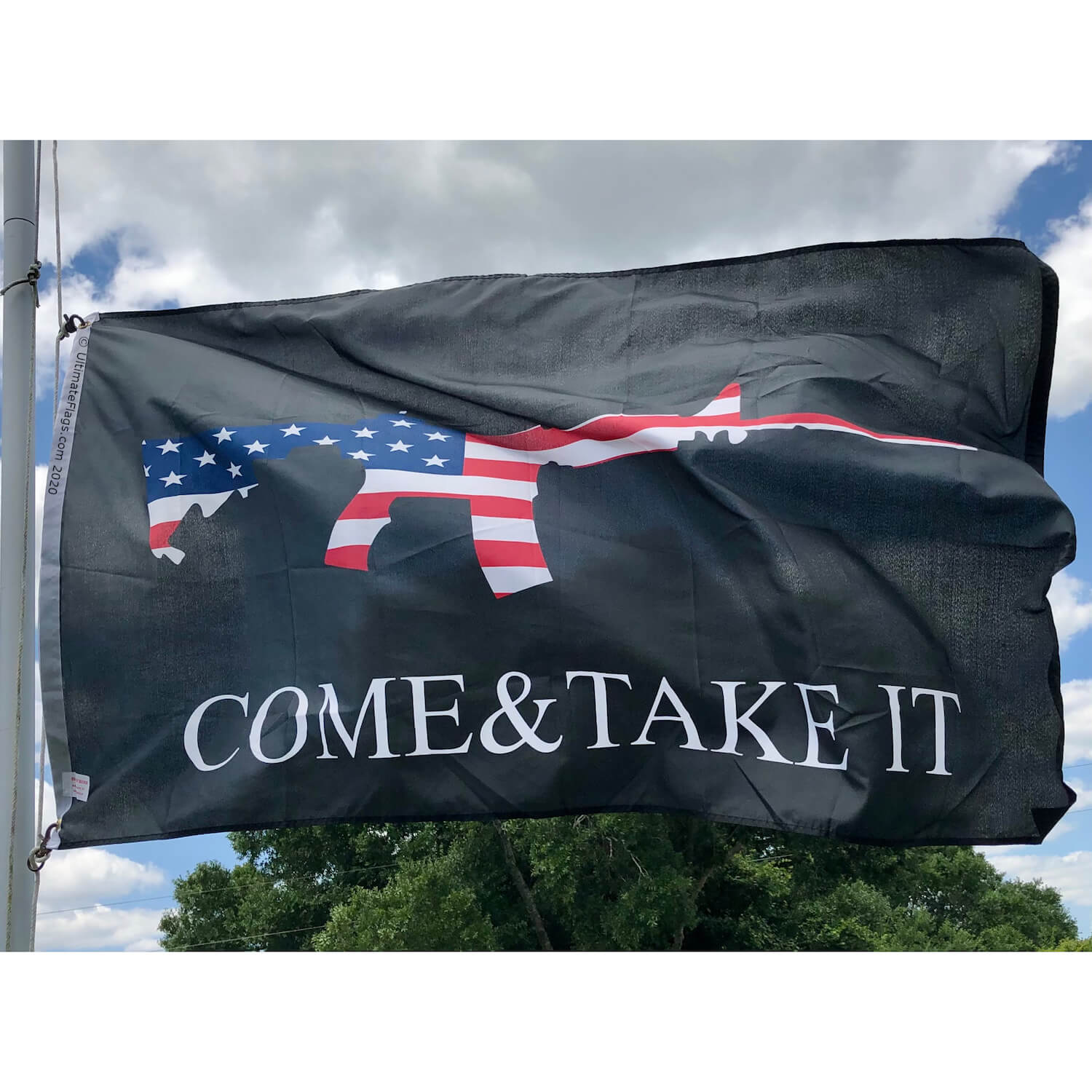Content

However, an example of mullets representing territorial divisions predating the U.S. flag is the Valais 1618 coat of arms, where seven mullets stood for seven districts. The current flag of the United States is the twenty-seventh version of the national flag. When the Thirteen Colonies were seceding from the British, there became a necessity for a flag to symbolize the patriot cause and rally individuals for the Revolution. Every U.S. astronaut since the crew of Gemini 4 has worn the flag on the left shoulder of their space suits, except for the crew of Apollo 1, whose flags were worn on the right shoulder. On a recent trip to Washington DC, we had the opportunity to visit the US Marine Corps War Memorial statue, commonly referred to as the Iwo Jima Memorial. This memorial is based on the photograph that was taken by Joe Rosenthal after the battle in the Japanese Volcano Islands which is recognized as the conclusion of the American campaign in the Pacific during World War II.
- On a recent trip to Washington DC, we had the opportunity to visit the US Marine Corps War Memorial statue, commonly referred to as the Iwo Jima Memorial.
- However, the British East India Company’s flag ranged from nine to thirteen red and white stripes and was usually only flown when it was sailing in the Indian Ocean.
- The current flag has fifty stars and has remained unchanged since Alaska and Hawaii entered the Union in 1959.
- Well-known nicknames for the flag include "the Stars and Stripes", "Old Glory", "the Star-Spangled Banner", and "the Red, White, and Blue".
- The flag exploded in popularity in 1861 as a symbol of opposition to the Confederate attack on Fort Sumter.
- The original design had six-sided stars representing the thirteen colonies on a field of blue with red and white stripes.
- The number of stars on the flag is increased as new states join the United States.
and 50-star unions
Of course, when you want to learn about historic United States flags, it makes sense to start at the beginning. Although historians cannot confirm that the first American Flag was actually sewn by Betsy Ross, it is the place that many consider to be the birth of the Star Spangled Banner. So we visited the home of Betsy Ross and spent time learning about her contribution to the history of America. Since the resolution did not specify the arrangements of the stars, flags exist with a variety of "constellations." The "Betsy Ross" flag arranges the stars in a circular pattern. Colonel William Moultrie commissioned see all the banners and ensigns here "The Moultrie Flag" in 1775 to prepare for war with Great Britain.
Modern day
In this resolution, two new stars and two more stripes were added to the design, which symbolized the addition of Vermont and Kentucky into the Union. This flag remained in use even when five more states were added to the Union. In 1818, the third Flag Act visit this custom flag provider was signed that started the precedent of adding another star to the flag after each state’s entrance into the Union. In addition, this act reduced the number of stripes from fifteen to thirteen.
Flying a U.S. flag upside down
Nevertheless, Mercury, Gemini, and Apollo were launched and landed vertically instead of horizontally as the Space Shuttle did on its landing approach, so the streaming convention was not followed. These flags were oriented with the stripes running horizontally, perpendicular to the direction of flight. When we visited Charleston, South Carolina back in January, we knew that one of the places we had to tour was Fort Sumter, where the Civil War started. On display in the museum inside the Fort is The Fort Sumter Flag. The Fort Sumter Flag’s design is quite distinct with 33 white stars arranged in a unique diamond pattern.
Colors
Some private use is year-round, but becomes widespread on civic holidays like Memorial Day, Veterans Day, Presidents' Day, Flag Day, and on Independence Day. On Memorial Day, it is common to place small flags by war memorials and next to the graves of U.S. war veterans. Also, on Memorial Day, it is common to fly the flag at half staff until noon to remember those who lost their lives fighting in U.S. wars.

Star Spangled Banner Exhibit – Smithsonian
Francis Hopkinson, signer of the Declaration of Independence from New Jersey, claims that he designed the "Stars and Stripes" that was designated as the national flag. The above visit this custom flag provider resolution was adopted from the Marine Committee, who had been using these guidelines for flags since July 4, 1776. Francis Hopkinson was chairman of the Navy Board’s Middle Department which was under the Marine Committee at the time that these guidelines were established in 1776.
